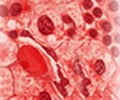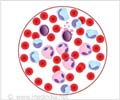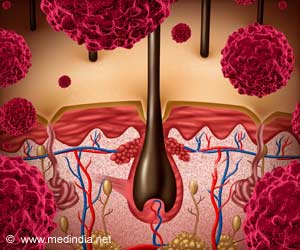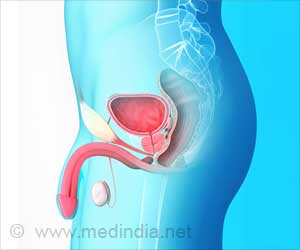Australian scientists have found a novel way to inactivate a molecule called Gab2, a key player in the molecular processes that trigger breast cancer and certain forms of leukaemia.
Professor Roger Daly, a researcher at the Garvan Institute of Medical Research, points out that this molecule operates downstream of a major breast cancer oncogene, HER2, the target of the drug Herceptin.He says that blocking signals to and from Gab2 may prevent it from fulfilling its role in cell proliferation.
"Gab2 is a signalling protein, which means that it's involved in transmitting signals from the cell surface to the interior of the cell, instructing it to do specific things, such as divide or migrate. Gab2 performs a number of signalling roles in normal cells throughout the body, and is usually switched off when it's not needed. Our task has been to work out how the body switches off Gab2, so that we can mimic that process in abnormal cells," he said.
"We've identified a completely novel mechanism for switching off Gab2. This uses another molecule that attaches to Gab2 and acts as a kind of shield, preventing it from transmitting further proliferative signals. This binding partner, or 'off switch', is called 14-3-3, and is used to disable Gab2 in a number of cellular settings, when it is no longer needed," he added.
Reporting the research team's findings online in the EMBO Journal, Prof. Daly said: "As Gab2 plays key roles in signalling systems that underpin both normal physiological responses and oncogenesis, it's very important to understand its control mechanisms."
He added: "Our next step will be to obtain more structural information about how 14-3-3 shields Gab2. Once we know that, it should be possible to design drugs to combat Gab2-activated diseases in novel ways."
Advertisement
SRM









